Here are some tips that may be helpful for you to travel to South Africa by car:
- In South Africa, drive on the left, as in England. At first, you feel weird thinking you’re doing it wrong all the time, but you get used to it. You will also need an international driver’s license.
- Speed limits must be respected. Watch out for police and radars, they are usually found at speed limit changes and also at different highways. We found them mostly on the main roads. If they ask you to stop, never forget to smile and be kind. It usually works.
- It is necessary to wear a seat belt at all times and constantly check the condition of your vehicle. Bring spare parts and make sure to adjust the wheel pressure according to the terrain where you are. Also, check your car oil and coolant frequently.
- Look at the type of road you are driving on and thus adapt the driving mode to it. Keep in mind that South Africa is the country where we found the most vehicles on the road, so be careful with the other cars, especially on overtaking lanes on the highway or on side roads. As far as animals are concerned, the roads in South Africa stand out for being fenced roads to prevent the passage of animals, except in national parks where the animals are completely free. Therefore, if you want to wild camp on some of the main roads, it will be difficult. Not only to find space, but also for your own safety.
- In South Africa, you have the option of driving on the Kruger NP without taking any safari vehicles. Therefore, when driving through the park, consider the timing of internal journeys so as not to be late when the gates are closed, and watch out for driving with wild animals. Don’t get too close, especially to elephants, and go slowly. If you want to read our Kruger NP experience to see the roads where we found more animals, you can click here.
- South Africa is a giant country. The road network is well connected with highways with more than two lanes in each direction. These often have tolls that you will have to pay in cash at different prices. We paid tolls of 13 to 99 Rands per vehicle. For example, to go from Johannesburg to the Garden Route (if you want to know our experience on this route, click here) you will pay about 300 Rands per vehicle.
- The cities of South Africa stand out for being cities with a large population. They are great metropolises as if you were driving through New York, Paris, Madrid or Barcelona. Therefore, we recommend that if you want to visit Cape Town and Johannesburg (if you want to know our experience in this last city, click here) book for accommodation inside the city that has parking, and then move around the city by public transport, Uber or on foot. That way, you’ll save on all the traffic jams, and you’ll also be safer, as these are cities that often don’t recommend driving at night or entering depending on which neighborhoods.
- Many people have always warned us that South Africa is one of the most dangerous countries in terms of security. We’ve heard of people who have been robbed on the highway (especially in the Durban area), and when you’re in the vicinity of big cities, it’s common to find signs warning of the danger of theft. So, if someone signals you to stop, ignore it and keep going. Always be vigilant and travel with your doors locked.
- South Africa is a country where you will have no problem with gasoline or diesel. There are many gas stations on the highways to charge your tank. Only in the Kgalagadi Transfrontier Park area is it advisable to check the kilometers you want to cover to see if you need to bring an extra tank or load the full tank before entering this area. Of course, during your trip to South Africa, don’t wait until the last minute to refill the tank: our advice is that when the tank is half full, refill it to the top.
- South Africa has a region near Cape Town that stands out as the most important wine-growing area in the country. If you visit this area (you can read our experience here), we recommend that you book accommodation in one of the main towns such as Stellenbosch, Franschhoek or Paarl and then travel on foot or by taxi, so you can try the different wines of the more than 200 wineries and do not suffer from the effects of alcohol when you have already visited more than three wineries.
- South Africa is a country that can be easily traveled with a tourism car. Many people rent South African license plates and non-4×4 rental cars. Most of the roads are paved, including the Kruger NP or the Addo NP (if you want to know our experience in this national park, click here) that you can travel without the need to have a 4×4. It is a relatively easy country to drive.
- It is important that you purchase a map of the country, along with GPS-enabled maps. We worked very well with the Maps.me app. You can download the map by area or by country. Above all, it’s great to be able to cross a big city like Johannesburg or Cape Town (if you want to know our experience in this last city, click here).
- South Africa is a beautiful country to drive to, as you will find some roads that pass through spectacular scenery. For example, the Panorama Route to the east of the country, or the Garden Route along the South African coast. In addition, you can drive through Cape of Good Hope, a peninsula with an environment that will make you enjoy your driving a lot (if you want to know our driving experience on this peninsula click here). Think that in South Africa, you will find the southernmost point of the African continent, located at Cape Agulhas.
- When planning your route, don’t measure the stretches you want to cover in kilometers, but the time they tell you it will take. South Africa is a country with a large expanse of land and the distances are immense. It takes about two days to travel from Johannesburg to Cape Town. That’s why many people visit Cape Town and then take a flight and rent a vehicle in Johannesburg to travel the Kruger NP and the Panorama Route (if you want to know our experience during this route in the east of the country, click here).
- As for the Carnet de Passage (CdP), South Africa is part of the South African Community (SADC). So, if you come from a neighboring country (except Mozambique), you don’t need to have your carnet stamped because it’s like the same country. SADC is made up of Botswana, Lesotho, Namibia, South Africa and Eswatini. We, as we had the Botswana stamp, did not stamp the carnet; although when we enter Mozambique, we will do it. We were also not asked for any vehicle insurance, even though we were insured with COMESA. If you don’t travel with a CdP, you will be able to take a temporary import permit at the customs office of entry known as TIP.

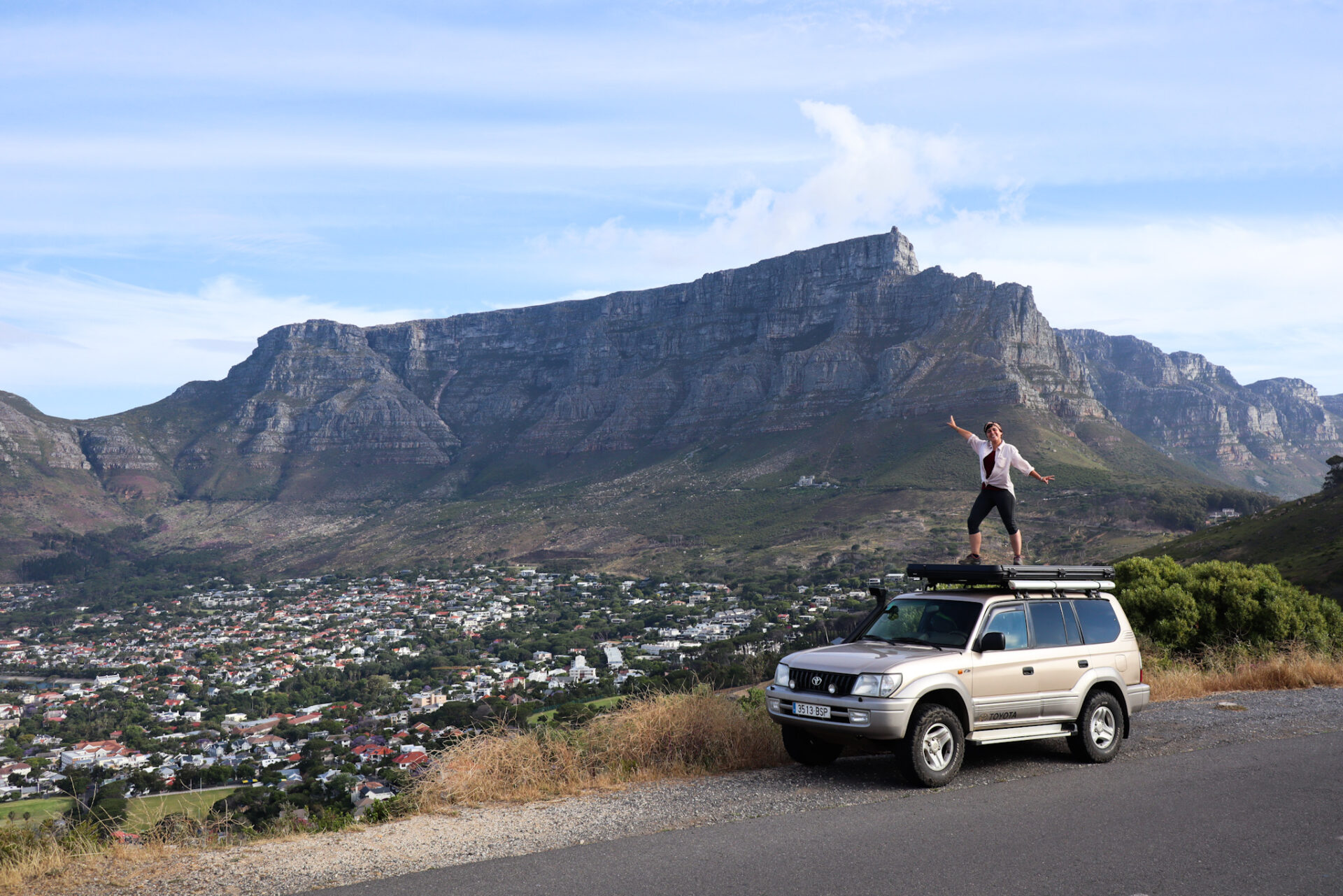
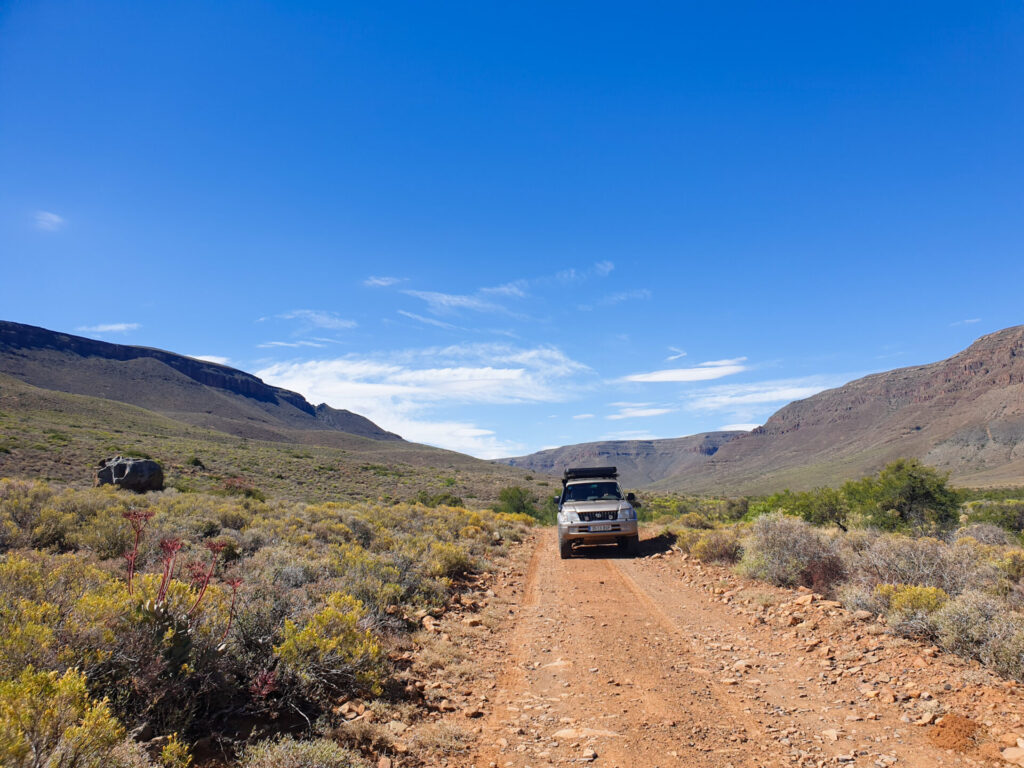
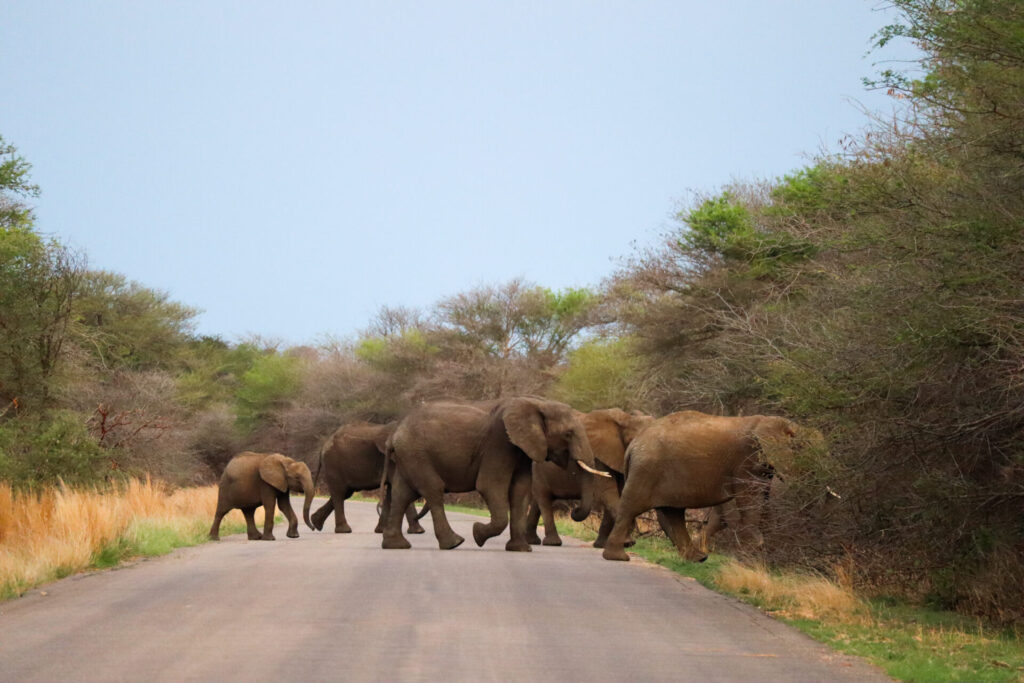
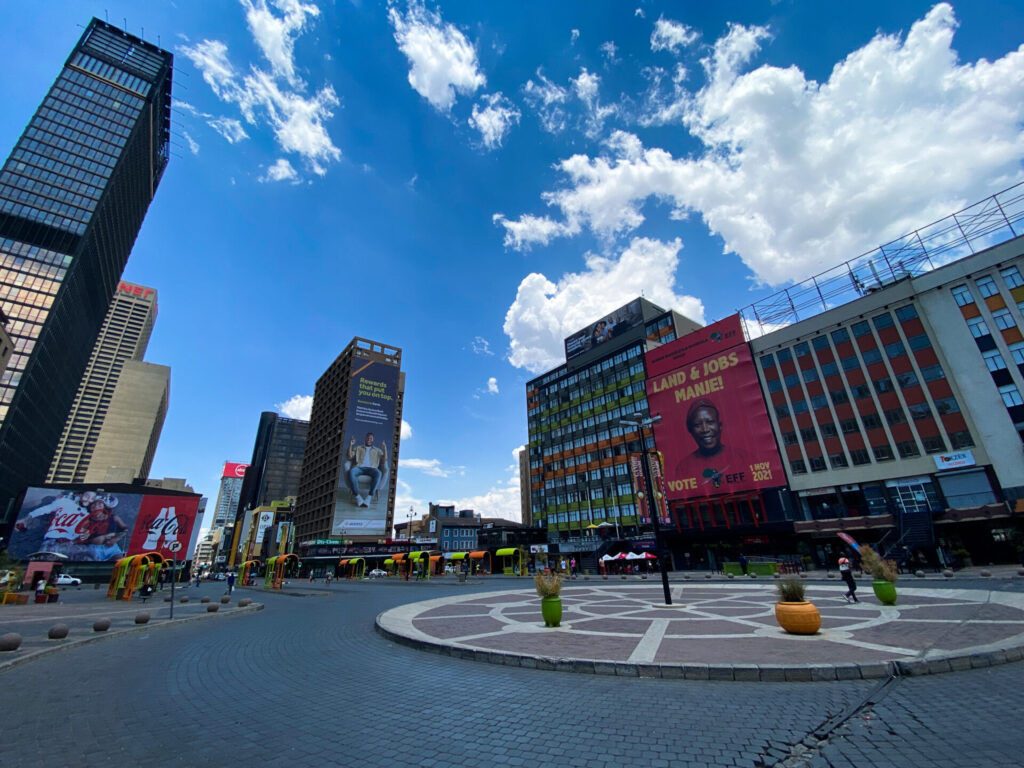

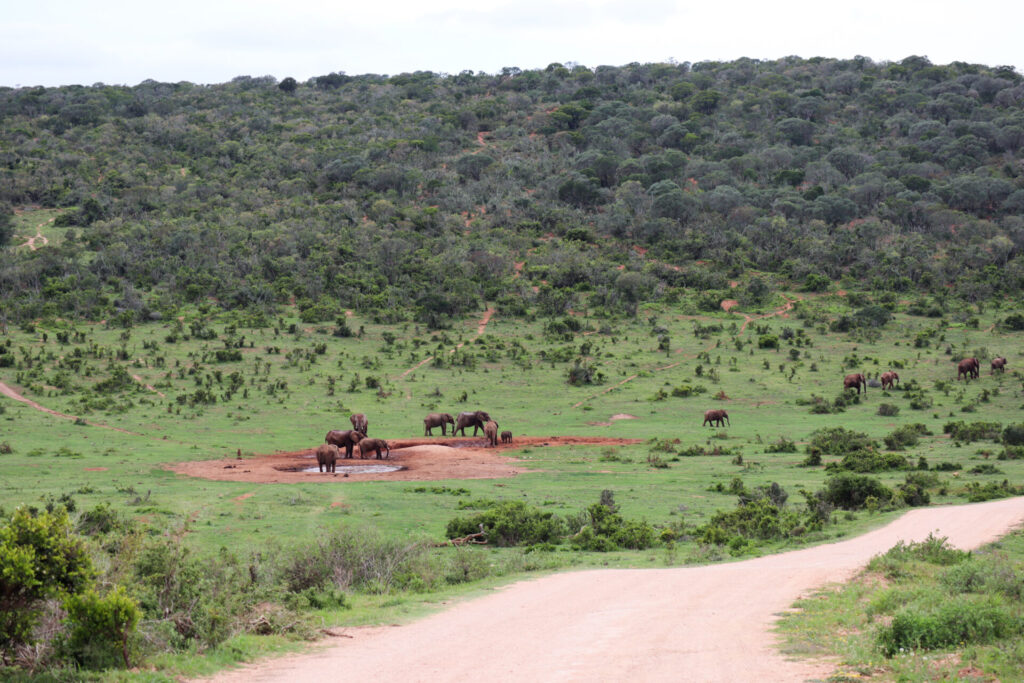

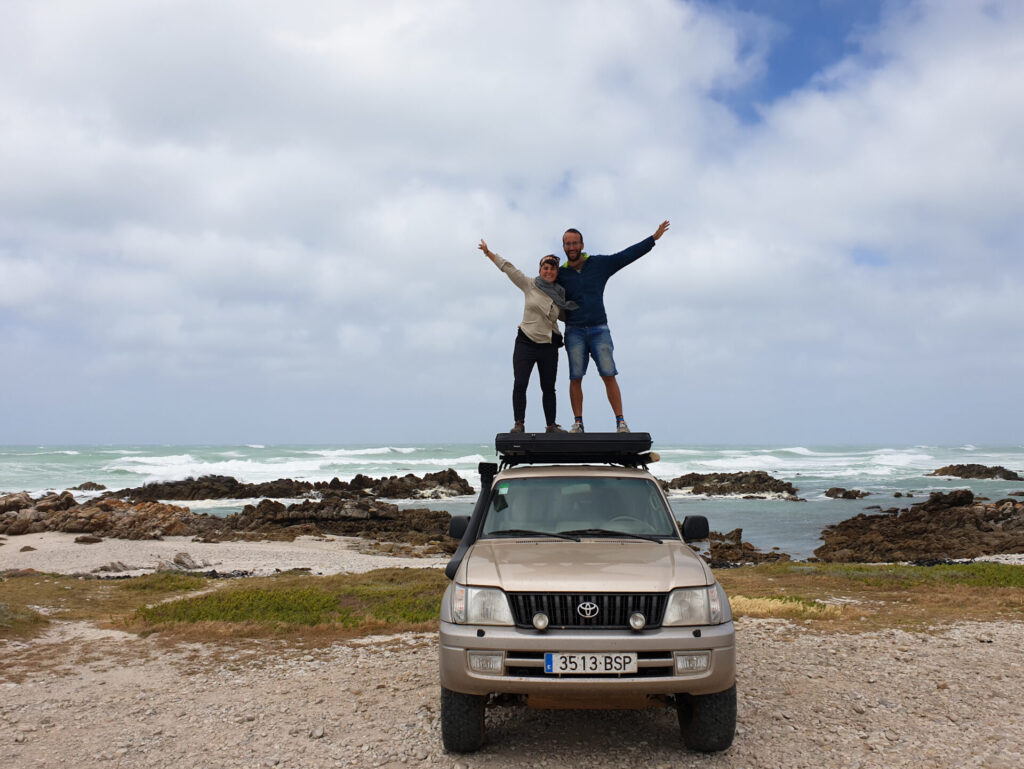
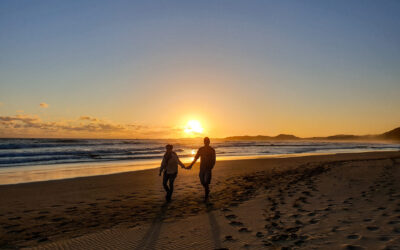

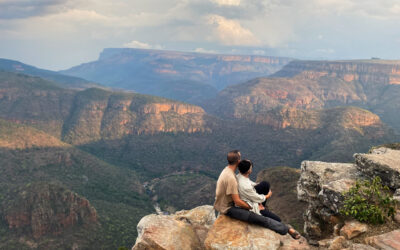



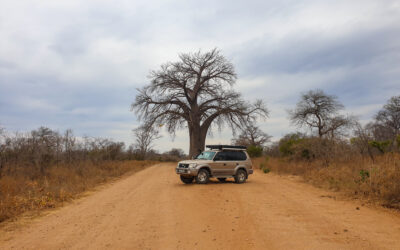

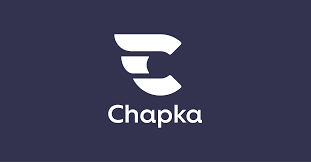

0 Comments